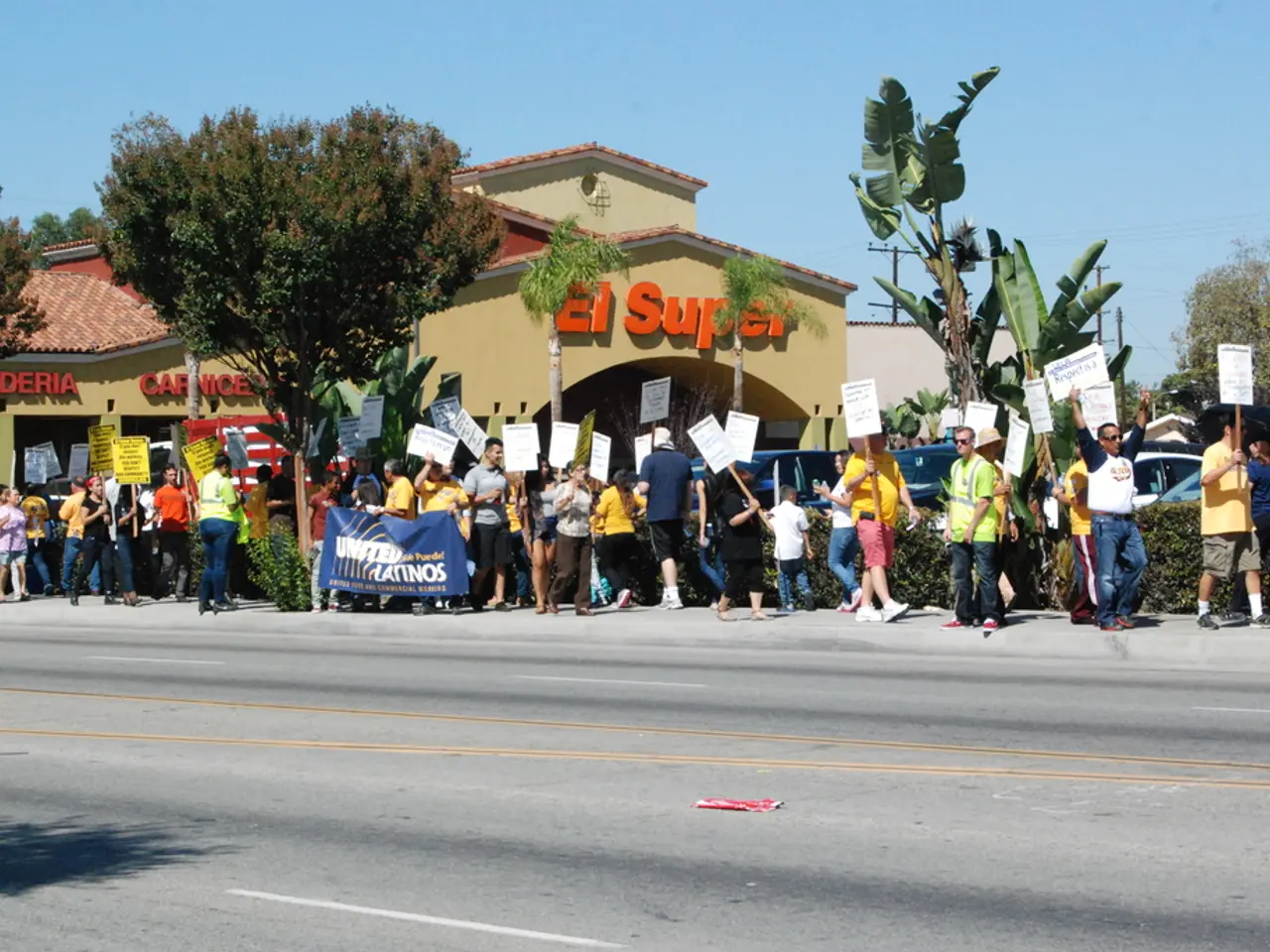Strategies for Political Campaigns Utilizing Data-Driven Multi-Contact Approach
In the modern political landscape, the strategic approach known as multi-touch planning is revolutionizing the way election campaigns engage with voters. This data-driven method offers a comprehensive understanding of the voter decision-making process, enabling campaigns to optimize their messaging and outreach efforts.
Multi-touch planning allows for a strategic approach to communication, reaching voters across multiple channels—social media, email, events, and advertisements—during their decision-making journey. By tracking and attributing campaign impacts to various touchpoints, campaign managers can gain insights into how different outreach efforts contribute to voter engagement and conversion.
One of the key benefits of multi-touch planning is improved targeting and personalization. By analysing data on how voters respond to different communications at various stages, campaigns can tailor messages to individual voter profiles, increasing relevance and influence. This tailored approach leads to higher efficiency and resource allocation, as campaigns can identify the most effective channels and sequences, resulting in better budget distribution and timing for maximum impact.
Real-time optimization is another advantage of multi-touch planning. Continuous analysis of multi-touch data permits campaigns to adjust strategies on the fly, correcting course based on actual voter behavior rather than static assumptions. This adaptability is essential in complex political contexts where decisions evolve over time.
However, implementing data-driven multi-touch planning in political campaigns is not without its challenges. Data integration across platforms is complex and technically demanding, requiring sophisticated analytics infrastructure. Political campaigns must also navigate regulations and voter concerns about data collection and usage, balancing personalization with respect for privacy and transparency.
Smaller campaigns may lack the technology, expertise, or budget to implement multi-touch analytics at scale, which can widen disparities between well-funded and less-resourced candidates. Additionally, voter behavior in political contexts is influenced by many nuanced social, psychological, and contextual factors that may not be fully captured solely through digital touchpoints.
Despite these challenges, data-driven multi-touch planning equips political campaigns with powerful tools to engage voters more effectively by understanding and optimizing the entire engagement process. By overcoming these hurdles, campaigns can responsibly handle complex voter data and deliver meaningful insights.
In summary, data-driven multi-touch planning offers a transformative approach to political campaigns, enabling them to engage voters more effectively, understand complex voter behavior, and optimize their outreach efforts. However, maximising its benefits requires a thoughtful and deliberate approach to data integration, privacy, and resource allocation.
Email campaigns are essential components of a multi-touch strategy, allowing campaigns to reach voters directly with targeted messages.
Campaign strategy is heavily influenced by analytics, as the data gathered from multiple touchpoints informs the decision-making process and helps optimize messaging.
Ads, events, social media, and other communication channels are all integral parts of a comprehensive multi-touch approach, each playing a role in voter engagement and conversion.
Voter targeting and personalization are crucial benefits of a well-executed multi-touch plan, as it enables campaigns to tailor messages based on individual voter profiles and preferences.
Cybersecurity and policy-and-legislation concerning data collection and privacy are significant concerns, as campaigns must balance the need for personalized and efficient outreach with respect for voter privacy and transparency.
In the realm of politics and general news, understanding and mastering the principles of data-and-cloud-computing, technology, and the nuances of multi-touch planning can tip the scales in favor of elections.




